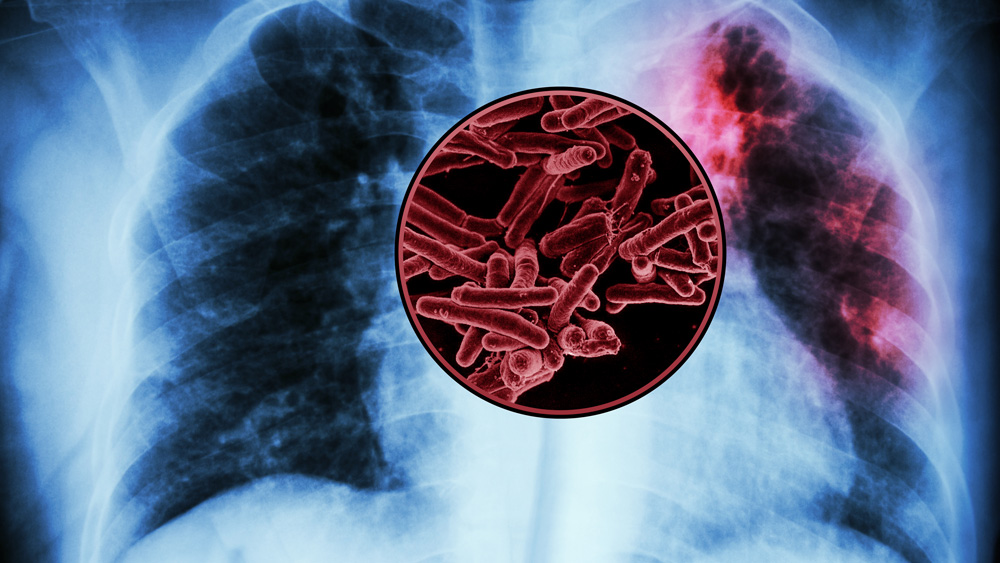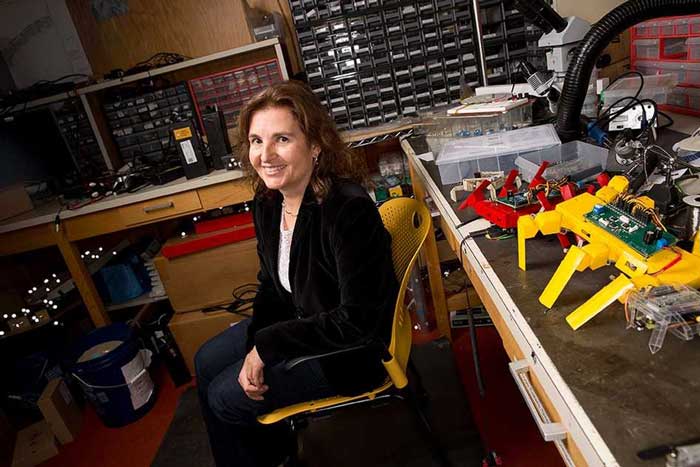Spotlight: Nov 6, 2025
Biological engineers have found several possible targets for a new vaccine against tuberculosis — the world’s deadliest infectious disease, killing more than 1 million people annually. “There’s still a huge TB burden globally,” Bryan Bryson says.






